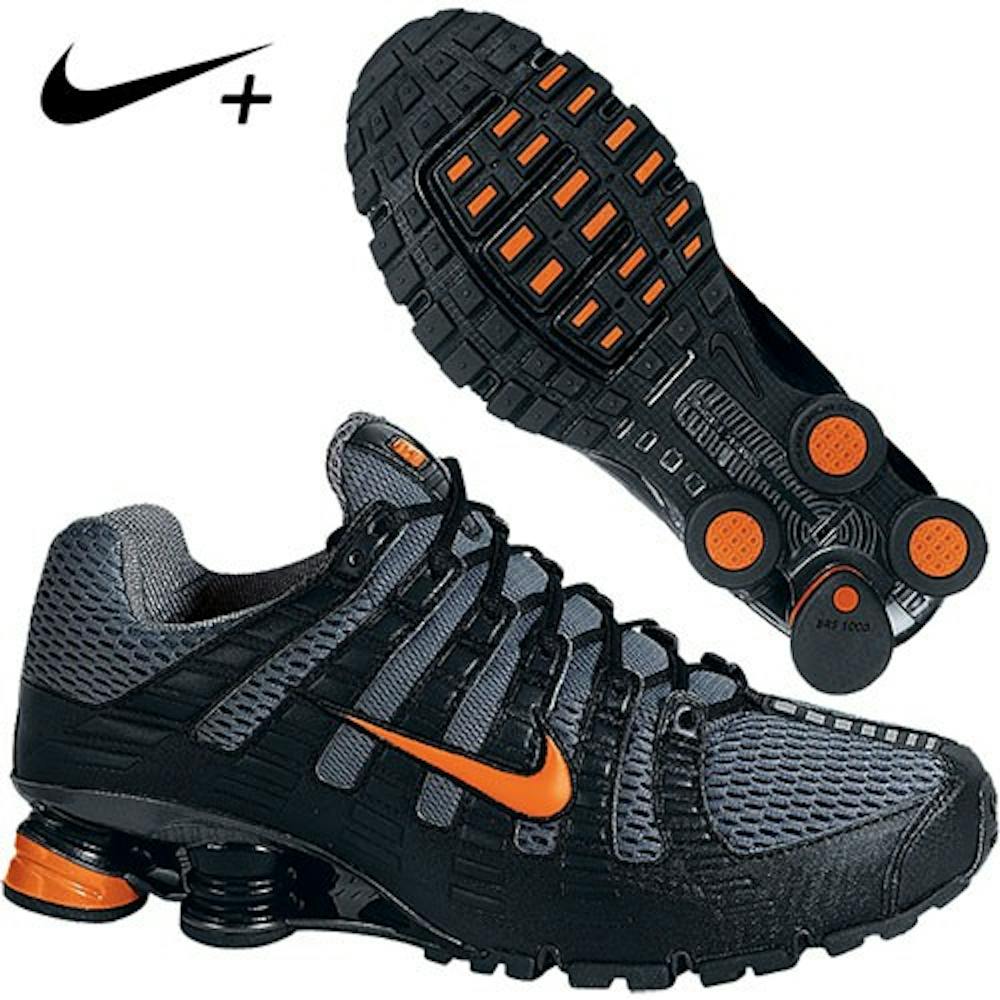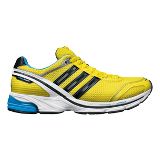When I moved back home from Elon for the summer, I faced a problem: my room wasn’t big enough to fit everything from my college dorm (I blame Tanger Outlets grand opening for the majority of this problem). I decided I had to go through all my old clothes…and shoes. No, not like Carrie Bradshaw from Sex and the City. It wasn’t stilettos I was cleaning out of my closet; it was running shoes-of every color, from every brand. While I admit, buying new running shoes is a guilty pleasure of mine (going out on the trails with a new pair of shoes will guarantee at least one running buddy to enviously eye your bright, clean shoes), buying new shoes frequently is essential for any runner.
Jason Broll is a running specialist at Raleigh Running Outfitters in Raleigh, NC. Broll said, “Every 400-600 miles, or about every 6 months, runners should change out their shoes. This can help prevent injuries.”
To find the best shoe fit for you, search for running stores around your home, and browse their website to see if they offer “gait analysis”. Someone who works at the store will know how to tell which type of shoe fits your foot size and running stride the best. If you’re intimidated about going into the store, I’ve typed up a little reference guide for types of shoes and other running store lingo. Also, I added examples of the newest (and coolest) shoes under each category.
Neutral Running Shoes
- Neutral Adidas Boston Shoe
- For runners with normal arches and those not prone to injuries.
- Many shoes fall under this category, they have cushioning, but no control under the mid-foot like stability shoes.
Stability Running Shoes
- For runners with medium to low arches.
- Most have a rigid area in the mid section of the foot, under the arch, to keep the ankle from rolling (pronation).
Motion Control Running Shoes
- For runners who have very low arches and are over 180 pounds.
- A heavier shoe that has an even more rigid area under the foot.
- Used for racing or running workouts, they won’t last very long for high-mileage training.
- A lighter shoe, there are types for people who need stability or neutral.
- For runners who are frequently on the trails, they will help balance on the trails and hold up better than other shoes.
- A heavier shoe that has more durable soles and is lower to the ground. They are usually they are darker in color (to hide all the mud!).
- For runners who don’t get injured and have very biomechanically correct strides, or who are not running very high mileage.
- These can be “barefoot” running shoes that hug every toe, or shoes such as the Nike Frees, with very little support.



